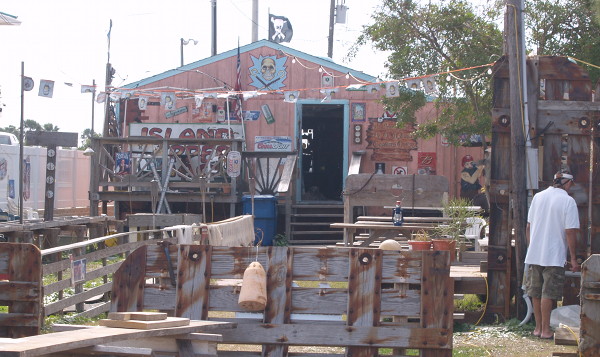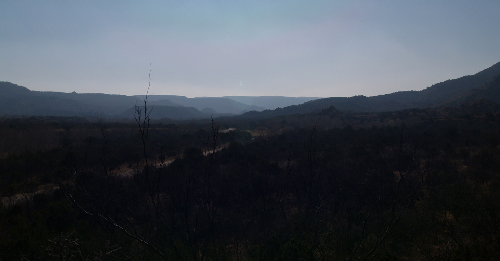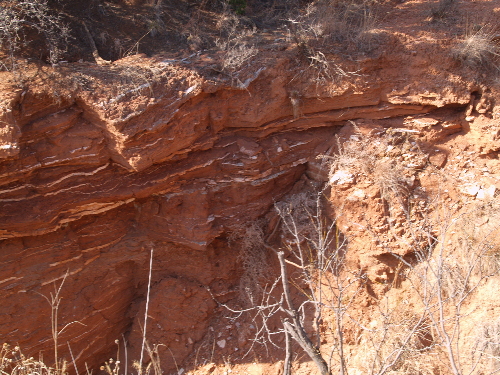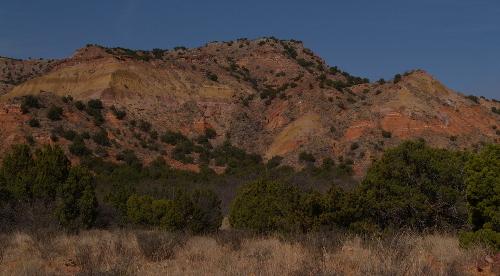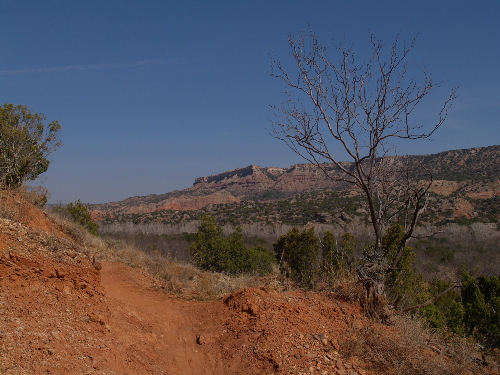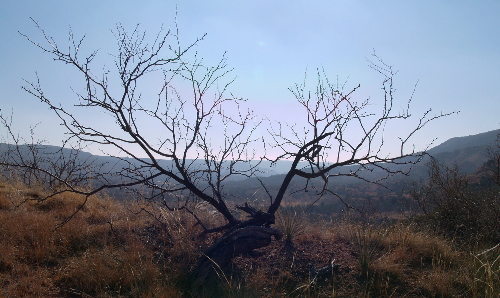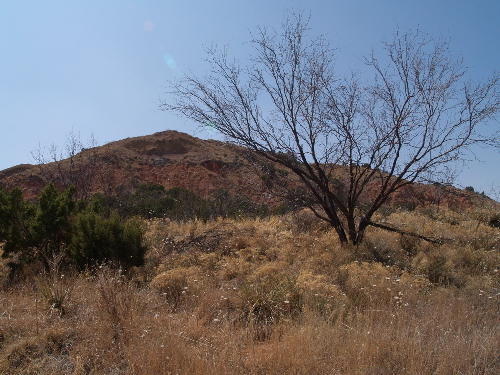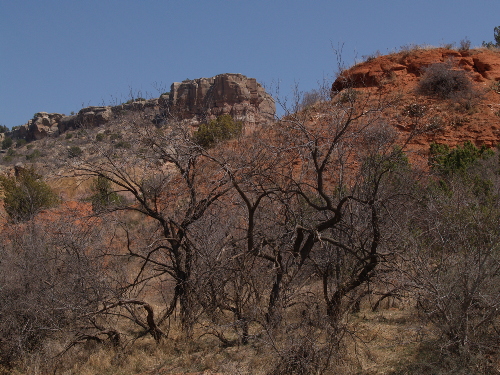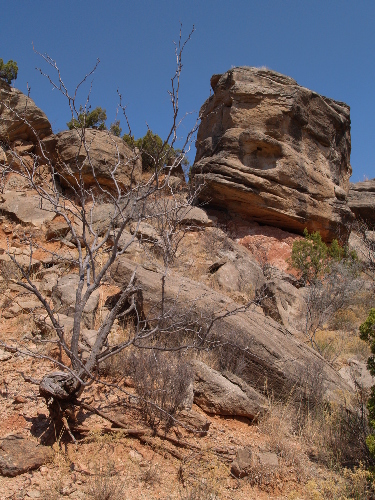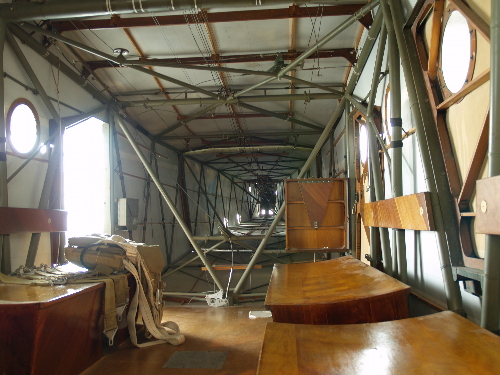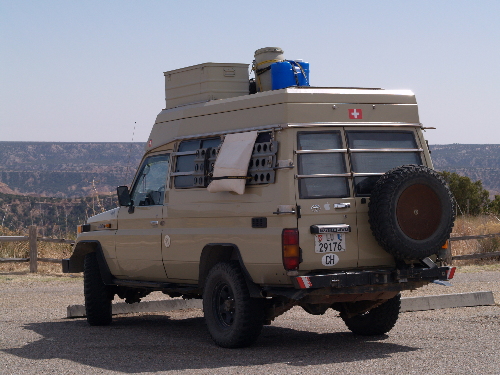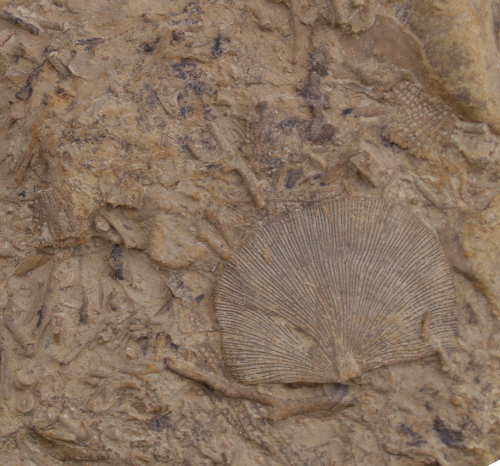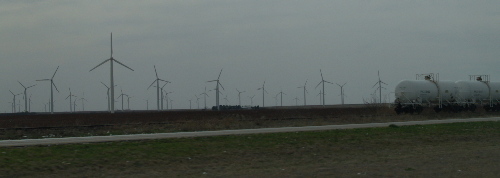This is not about breakfast. Well, not necessarily about breakfast. Pancakes are things made from batter and fried in a pan. The pancakes I’m talking about here could, I guess, be breakfast fare, but the focus is on (A) dense nutrition and (B) extreme simplicity.
Chickpea flour can be had at your local supermarket in packages from Bob’s Red Mill. That stuff is fine. There’s a variant that involves a blend of chickpea and fava beans, which would also probably be fine. However, if you have a local Indian market like MGM on Burnet in Austin, get your flour there. It’s generally labeled “Besan” or “Channa Dal Flour”. Channa dal are a legume, possibly a cultivar of ordinary garbanzos but I don’t think so. They taste better and are (I think based on thin Internet evidence) that they’re somewhat better for you. Anyway at MGM and similar places you can buy serious quantities of chickpea flour for not too much money.
The pancake recipe – the basic one – is weirdly simple: equal parts, by volume, flour and water. The result is a batter that seems way too thin if you’re used to making ordinary breakfast pancakes. A lot too thin; like, “there’s no way this is going to work” thin. It works.
Chickpea flour isn’t super-fond of being mixed into water, so you can either do it carefully with a whisk, and strain it a couple times, or you can just dump it in your food processor and subject it to several amps of high-speed sharp-bladed turbulence. Also I think that the motorized mixing seems to build up some protein chains to make the final pancakes have a little more structural integrity. Finally, of course, if you’re putting other stuff into your pancakes, the food processor is a big help anyway.
Flavoring possibilities are pretty broad. Go South Asian with coriander, cumin, turmeric, cayenne powder, and salt. I’ve purreed in some blanched spinach to great effect. I have a plan to make some seasoned with basil, chive, garlic, and oregano, and then bake them into a sort of cheesy casserole. The main thing to make sure you do is salt them, or else plan on serving them with some salt-bearing condiment, sauce, topping, or whatever.
Anyway mix up the seasonings of choice, the flour, and the water, all together into your suspiciously runny batter. Get a non-stick pan fairly hot (remember, the batter is really wet), but not so hot as to kill all your birds of course. Spread a little oil in the pan (I use one of those curiously not-as-useful-as-they-look silicone brushes for this) and then pour in a quarter-cup or so of batter. Once it hits the pan, tilt it around to let the stuff spread a little. Making these things thin isn’t super important but it’s aesthetically pleasing.
The first side will cook in a couple minutes, depending on the heat. You’ll notice the top go from wet-looking to a kind of matte sheen. The water content makes these things hard to overcook unless you’ve seriously over-cranked your stove. Flip the pancake with a big spatula (one that won’t ruin your pan of course) and let it cook on the top side for another minute or two.
The texture of these things is somewhat like what you’d imagine a soft plastic tortilla to be like. They’re not quite as bendy as a tortilla, at least a wet one, but they’re floppy and toothsome. They taste pretty much exactly like whatever seasonings you applied, plus a pleasant slight earthy backtone from the flour itself.
If you have a big sack of the flour around, and a good easy-to-wash pan (or, I guess, a plug-in griddle, though that’d make it hard to do the tilt-and-spread part), just flour salt and water are a damn good and very nourishing 5 minute snack preparation. I’m told that they freeze and reheat very well, which makes sense because unlike breakfast pancakes they have no “light and fluffy” phase. Make them spicy. Add spinach in the food processor step. Add some ground flax if you’re one of those flax people. Nutritional yeast. Whey powder. Sesame seeds. Sugar. This stuff is awesome. You won’t believe how filling (in a non-gross way) these pancakes are.





